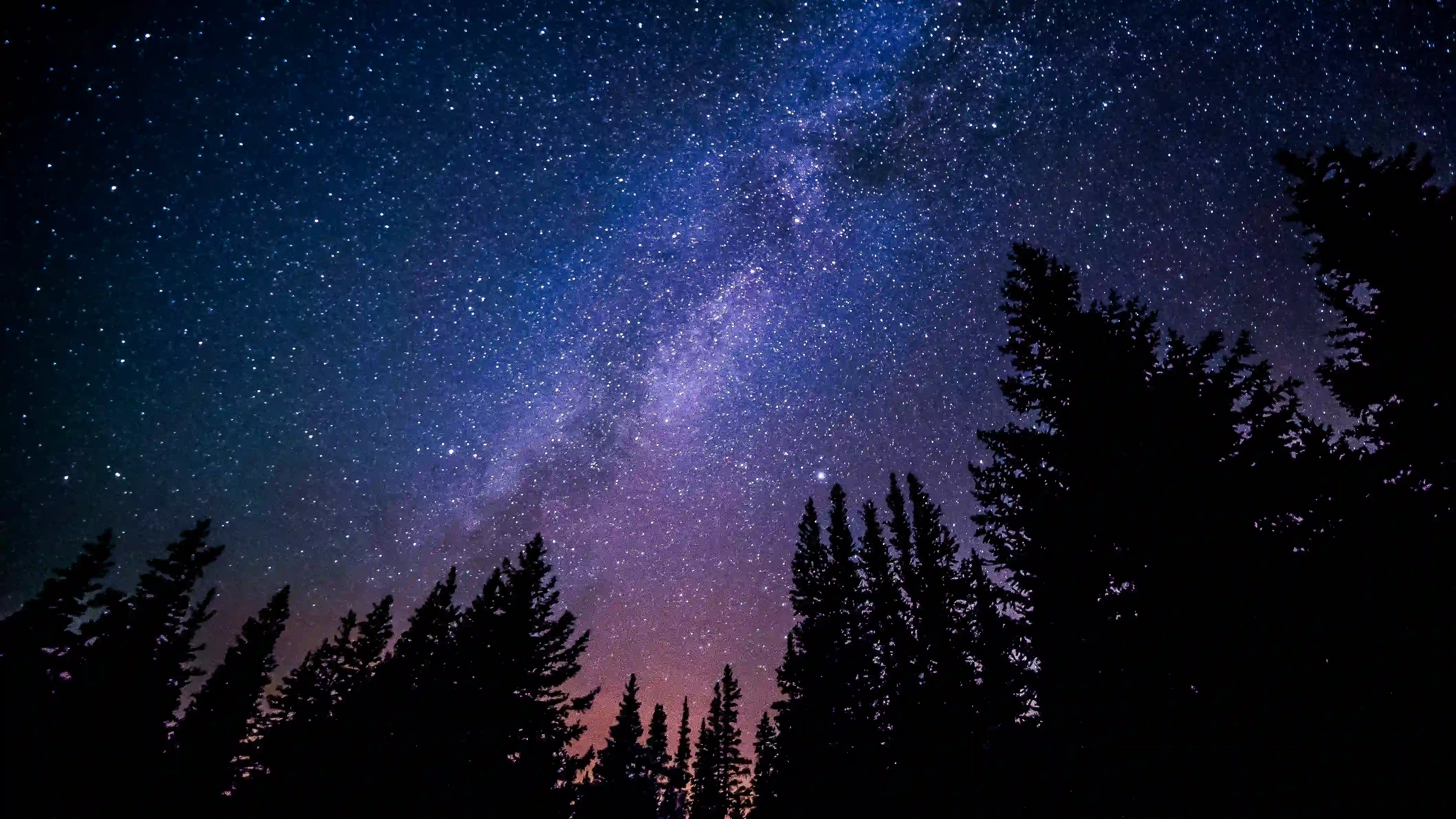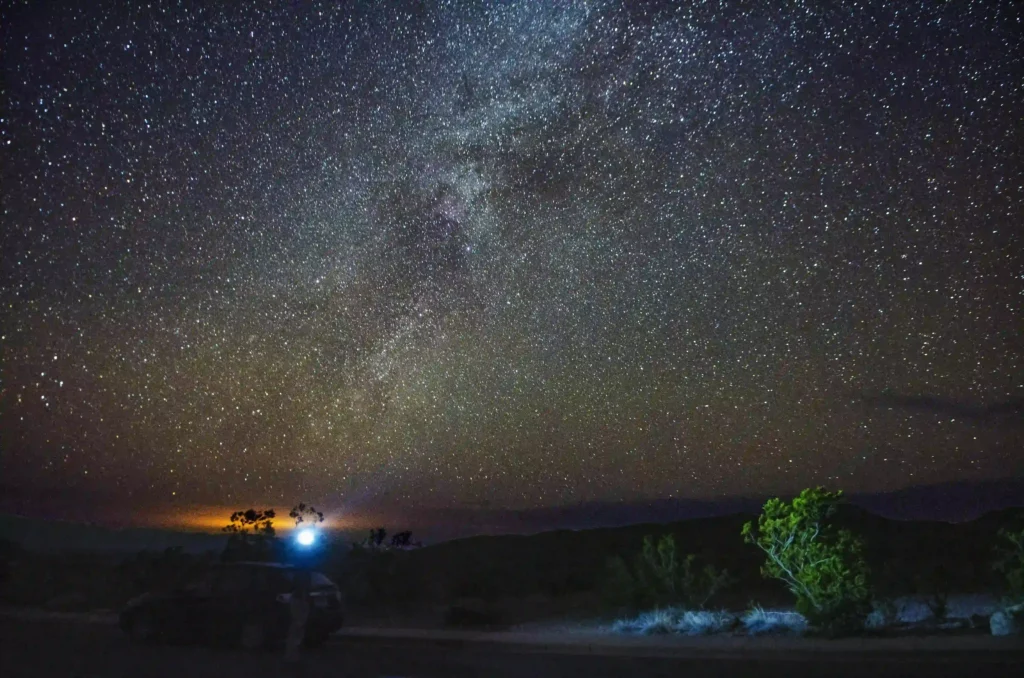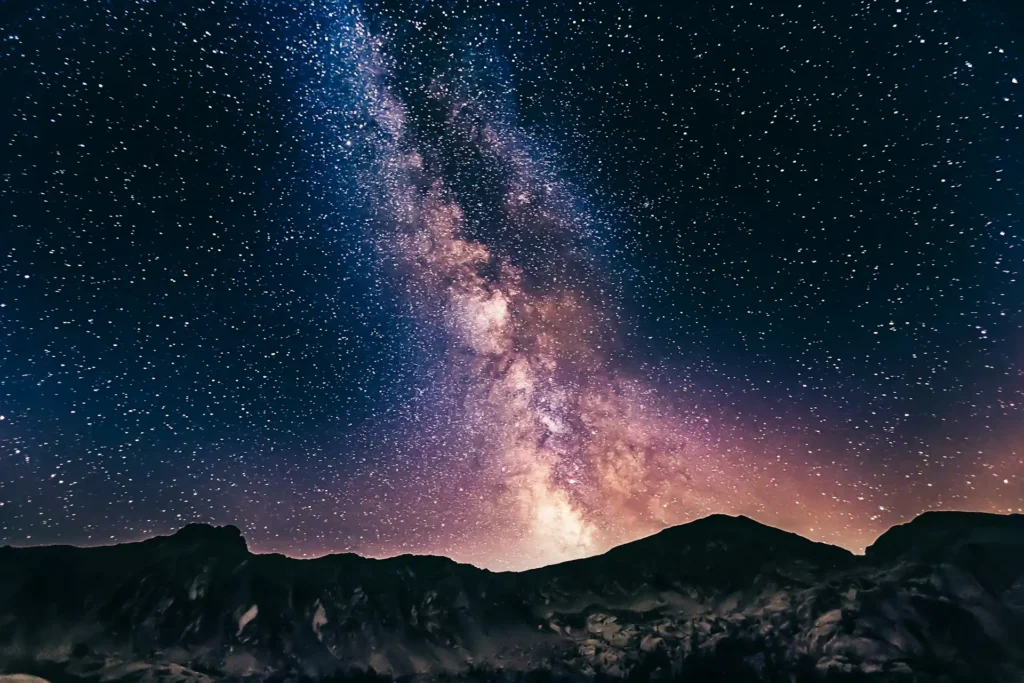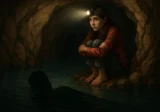
Darkest Places on Earth to See the Milky Way with Your Own Eyes
The darkest places on Earth are becoming harder to find. Most of us will never again experience the night sky the way our ancestors did, without city lights or glowing billboards. Experts estimate that around 80 percent of people now live under skies polluted by artificial light. Yet some corners of the world still remain truly dark, where you can lift your head and see the Milky Way exactly as humans once did before electricity existed. In this topic I have prepared some of the darkest places on the planet where you can still witness the true night sky.
Table of Contents
Big Bend National Park, Texas – Stars Above the Desert
In southern Texas, along the Rio Grande, lies Big Bend National Park. It is one of the darkest places in the United States, where visitors can see more than two thousand stars with the naked eye. The night sky is so bright that even without a telescope you can recognize the Milky Way, Saturn, and Jupiter. The park even runs a program called Night Sky Rangers, where guides hold lectures and stargazing events to teach visitors how to protect the night from light pollution.

Death Valley, California – Silence You Can Hear Among the Stars
eath Valley National Park is not only one of the hottest places on Earth but also one of the darkest.
At night, the desert turns into a vast natural planetarium where you can see not only the stars but even the faint shadow cast by the Milky Way. Every February, the park hosts the Death Valley Dark Sky Festival, which brings together astronomers, photographers, and travelers who come to admire real darkness.
Bryce Canyon, Utah – A Stone Amphitheater Under the Stars
Bryce Canyon is famous for its orange rock spires, but after sunset it becomes one of the best places for stargazing in North America. Above the canyons stretches a sky so clear that local rangers like to say, “If you see less than 2,000 stars, it’s cloudy.” Every summer, the park holds an Astronomy Festival, where visitors can use professional telescopes to see planets and distant galaxies with their own eyes.

Grand Canyon–Parashant, Arizona – Wilderness Without Lights
In northern Arizona lies the vast Grand Canyon–Parashant National Monument, reached only by dusty roads. There are no towns, no streetlights, and no traffic — just silence, crickets, and a sky that NASA once called a “near-pristine dark sky.” It’s a reminder of how the world looked before the first electric bulbs lit the night.
Namibia – A Desert Where the Stars Touch the Sand
In southwestern Africa stretches the Namib Desert, one of the darkest places on the planet.
Inside the NamibRand Nature Reserve, light pollution is almost zero and the air is crystal clear.
Some lodges even offer “beds under the stars” — open-air beds without a roof, just you and an endless sky full of stars. When you look up, you can almost imagine how the first astronomers must have felt thousands of years ago.

Snowdonia, Wales – When Mist and Mountains Protect the Night
Even in Europe, darkness isn’t yet a luxury. Snowdonia National Park in Wales is officially recognized as a Dark Sky Reserve. Thanks to its distance from major cities, you can still see thousands of stars with the naked eye, and on clear nights even spot the Andromeda Galaxy. The atmosphere here is magical mountain lakes reflect the sky, making it feel like stars are both above and below you.
Scottish Highlands – Beneath Orion’s Belt
Far north of Edinburgh and Glasgow lies Galloway Forest Park, the first area in the United Kingdom designated a Dark Sky Park. In winter, the sky becomes so dark that you can see more than seven thousand stars without any telescope. If you’re lucky, you might even catch a glimpse of the Northern Lights, which occasionally drift south from Iceland.

Arizona – A Paradise for Stargazers
The United States leads the world in protecting dark skies. Around Flagstaff, Arizona, several towns have been certified as Dark Sky Communities, where streetlights are limited to preserve the night. It’s no coincidence that Lowell Observatory, where Pluto was discovered, is located here. When night falls, the sky glows with so many stars that you instantly understand why people once called them “eternal.”
The Alps – Stars Between the Peaks
Even in the heart of Europe, true darkness still exists. In Switzerland and Austria, mountain valleys such as Engadin and Hohe Tauern offer perfect stargazing spots where city lights disappear behind the ridges. Thousands of stars reflect off the snow, making it feel as if you are standing in the middle of the universe.

Iceland – When Darkness Comes Alive
Iceland isn’t only about the Northern Lights. In regions far from Reykjavik, such as Thingvellir National Park and the Westfjords, the sky is not just dark it’s alive. Green and purple ribbons of light dance among the stars while the northern silence surrounds you completely.
Astronomers warn that losing the night sky is as serious as losing forests or oceans.
Light pollution changes animal behavior, disrupts natural rhythms of plants, and cuts us off from the universe.Places like Namibia, Snowdonia, and Arizona remind us that darkness isn’t the enemy but a balance.And once you see real darkness with your own eyes, you realize the night isn’t empty — we just forgot how to look at it.
If you enjoyed discovering these darkest places on Earth for stargazing, you might also like our article on fascinating movie-locations you can visit: Movie Locations You Can Visit
Sources:






